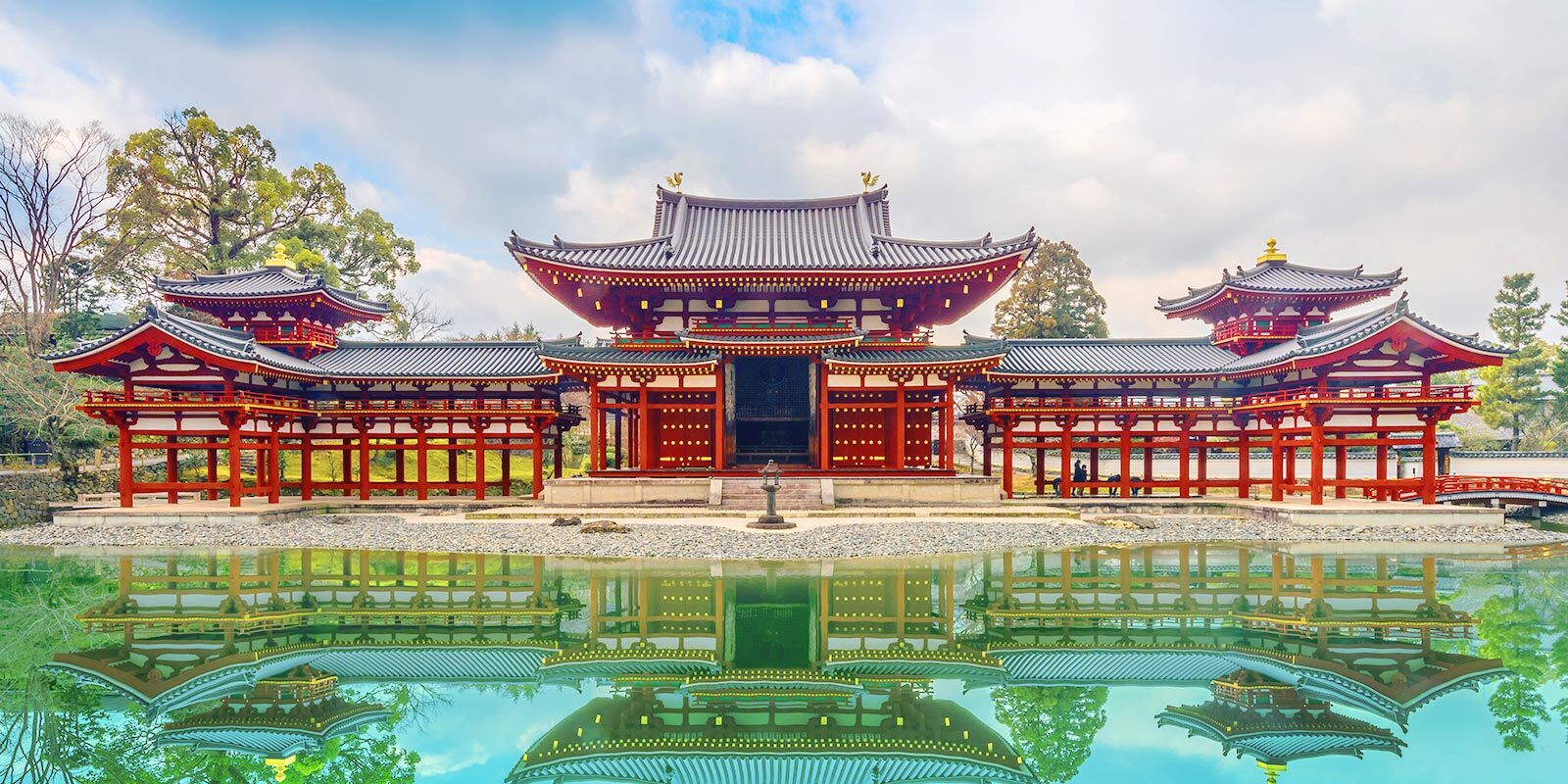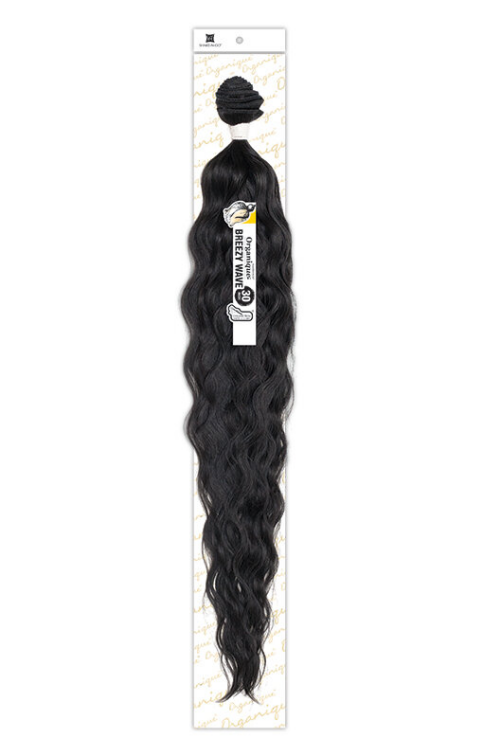Table Of Content

Traditionally used in temples and shrines but with declining popularity in recent decades, the company hopes to revive the wood by highlighting its material beauty, as in furniture pieces created for Azabu Hills Case Study 10. The Japanese furniture company long famed for its smooth balance of wood craftsmanship with meticulous manufacturing showcased a spectrum of creative capabilities across Milan this year, with four of its lifestyle brands exhibiting. Furniture was particularly high-profile, with several big name brands unveiling new collections at Salone in addition to a string of Japanese companies staging special exhibitions at sites across the wider city.
Edo Beauty in Ukiyo-e Prints
Influence from Han dynasty China via Korea saw the introduction of more complex grain stores and ceremonial burial chambers. Guided by architecture professional, learn and witness the 400-year history of Tokyo through the surviving traditional and the innovative contemporary works of architecture. The price of a home, just like anywhere else, depends on size and location. If you want a tiny house that features Japanese design elements, then that would be your cheapest option. The top floor features a grassy area that contrasts with the surrounding white concrete walls.
Nature
Anime is a Japanese cartoon (usually based on a manga, but that’s not a rule) that’s famous for its distinct graphic characteristics, like huge eyes, “doll” faces and cute characters. Anime is a broad term for a larger spectrum of genres that appeal to all ages. Wabi-Sabi has a lot in common with modernism, but it’s more intuitive, asymmetric, warm, and fluid. This technique tries to keep the essence of a design without losing the poetry. In the south, mobility and informality were the emerging characteristics of social organization and artistic expression. In distinction to the northern culture, the south seemed more affected by outside influences.

The Manga Revolution
The culture has a deep and long history and it’s fascinating how these design principles have permeated into religion, philosophy, life style, culture, and aesthetics in various ways over a millennium. These principles continue to influence me as a designer and human being in meaningful ways. They have expanded my vision and understanding of design and how to live harmoniously in the world. This hand formed wabi-sabi tea bowl has imperfect edges and shape (Image 13). The earthy tones appear quite natural like worn stone, as if it was just unearthed from a forest floor. Using the tea bowl one may feel a connection to nature and the passing of time.
Koshonio’s expertise expanded exponentially when she arrived in London, immersing herself in club scenes, and altering the atmosphere of fashion in the 70’s. Koshino designed for David Bowie, and developed a rebel-esque aesthetic for her runways in the 80’s and 90’s. One could find leopard print hair in a Koshino show, along with bomber jackets, and inflatable designs that literally popped out. A Koshino model may taunt or interact with the audience; a certain level of mischievousness attaches itself to her work. First and foremost, Koshino seems to be a driver of design, filled with vivaciousness and energy that burns brightly.
Most influential architects
The park was built shortly after World War II and the American occupation which ended in about 1952. Consequently, the design embodies the complex emotions that surfaced regarding western influence, nationalism, and a move towards maintaining elements of traditional Japanese architecture. What began as a project to represent what is modern and international morphed into Tenge’s simultaneous appreciation of the traditional. It is important, especially to Tenge, to distinguish Japanese design from western influence. Post-war designers in Japan fused traditional aesthetics with modern, Swiss-inspired international styles. They balanced clean, grid-based layouts from the International Typographic Style with handmade brush strokes, fabrics, origami textures, and calligraphy.
Corrugated Steel Boxes Stack Up to Create a Tiny Home in Tokyo
This poster by Japanese graphic designer Ryu Mieno exemplifies this perfectly. For his project Alternative Train, he created some of the type out of a rubber stamp and the rest was created by hand. This meant that his typography across the project was entirely custom and unique to the project.
The government planned the construction of fireproof brick buildings, and larger, better streets connecting the Shimbashi Station and the foreign concession in Tsukiji, as well as to important government buildings. Designs for the area were provided by the British architect Thomas James Waters; the Bureau of Construction of the Ministry of Finance was in charge of construction. "Bricktown" buildings were initially offered for sale, later they were leased, but the high rent meant that many remained unoccupied. Nevertheless, the area flourished as a symbol of "civilization and enlightenment", thanks to the presence of newspapers and magazine companies, who led the trends of the day.
Alongside the granular beauty and vivid abstraction of installation images of both close-up and overview shots of trees, centre stage were four new textiles. Inspired by the geometric complexity of trees, the painstakingly detailed motifs were derived from macro photographs of the fibres of wood fibres, layered with colour abstractions drawn from satellite images taken from above. The end result are four textiles – Cedar, Red Elm, Red Oak, Afzelia – which capture the complex beauty of trees, balancing the delicate etchings of organic surfaces with a warmth depth of texture. Meanwhile, a trio of Karimoku brands also showcased their creations in three separate exhibitions in scenic Milanese spaces across Tortona, all within walking distance. Long queues tailed outside Seyun – a brand that fuses the futuristic designs of Zaha Hadid with Karimoku’s wood craftsmanship.
This approach minimizes carbon-intensive concrete and showcases traditional Japanese joinery techniques. The building’s stripped-back facade features a mix of transparent and opaque glass, offering glimpses of the building’s inner workings and showcasing the creativity within. Biodegradable hemp-wool insulation provides thermal performance, further emphasizing the KUbe’s commitment to sustainability. There are no stairs but wooden blocks that are used as steps – a construction aimed at giving a sense of expansive space despite the small size that also takes advantage of a series of hidden compartments such as handouts and cabinets.

Paper translucent walls allow light to be diffused through the space and create light shadows and patterns. A blend of Japanese craftsmanship and design – fused with a focus on function and comfort – underpin collections unveiled at Salone del Mobile by Ritzwell, the Fukuoka-based Japanese furniture maker. Making their debut were four new Neri&Hu products, including the serenely-lined Qi collection sofas and ottomans alongside the measured geometry of The Inter wood coat rack and console. From architect Shota Nakanishi, this house is in Kanazawa, Ishikawa prefecture, Japan. It was designed so its inhabitants could have a connection with natural light and wind while also enjoying the environment. Situated in the heart of Tokyo, this six-story tall building houses residential, commercial, and retail spaces.
Engawa (縁側, Japanese veranda, literally means ‘edge side’) is non-tatami-matted flooring that resembles porches. Usually made of wood or bamboo, their role is to bring together the inside of the house with the outside. During the summer, many delight in sitting on engawa, relaxing and enjoying the nature that surrounds them, or conversing with family and friends as they bask in the sun. The Makers’ KUbe is designed by the architects at Bjarke Ingels as a monumental 50,000-square-foot structure built with mass timber. The diagrid frame, engineered by StructureCraft, utilizes tight-fit dowels and glulam beams to create a strong, all-wood structure.
UPS unveils Prosperous Daruma Express envelope design in Japan - UPS
UPS unveils Prosperous Daruma Express envelope design in Japan.
Posted: Sat, 20 Apr 2024 16:49:50 GMT [source]
The use of wood as a source material in Japanese housing is widespread. Due to Japan’s frequent natural disasters, like earthquakes and typhoons, builders sought to use wood as it was resistant to push and pull. In contrast to Western houses, wooden Japanese structures were never painted over, leaving the grain visible as a way of showing respect for its natural value. Part of the celebration of these themes was the setting-up of the partnership with UNIQLO, a clothing brand that expresses the value of simplicity in its motto “Simple made better”. The Japanese values expressed in the exhibition are therefore also present in the design of the brand, with the common intention of emphasizing Japanese cultural roots and describing its long-lasting and transversal fascination. UNIQLO LifeWear – the brand’s founding philosophy – is characterized by a simple design that conceals accurate and modern details and which has been chosen to be accessible to all.
The people and places in the "pleasure quarters" were popular subjects in ukiyo-e. These artworks were reproducible and used bright, flat colors and striking designs. Ukiyo-e were produced mainly to adorn the homes of wealthy or noble families and up-and-coming business people. Within the traditional religion of Japan, Shinto, the concept of mono no aware developed as an intense awareness of one's place in the world. Later on, when Buddhism was introduced in the 5th century in China, mono no aware was also used to describe the Buddhist concept of the transitory nature of life or impermanence. Japanese design often features natural scenes, paintings of animals and flowers found in the region, rock gardens, and bonsai.
It’s not everyday that 60,000 bamboo skewers find their way into the measured minimalism of an Issey Miyake flagship. Yet these wooden sticks, every single tip painstakingly hand-dyed in a rainbow spectrum of paint shades, take centre stage in Fold and Crease, an installation brought to life by Dutch collective We Make Carpets. One of the most significant aspects of the kimono is the longevity of its history.

No comments:
Post a Comment